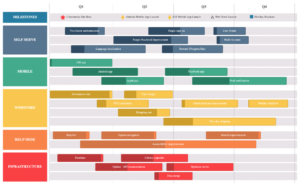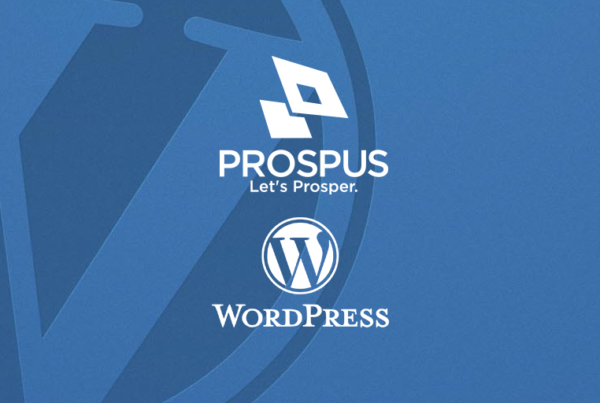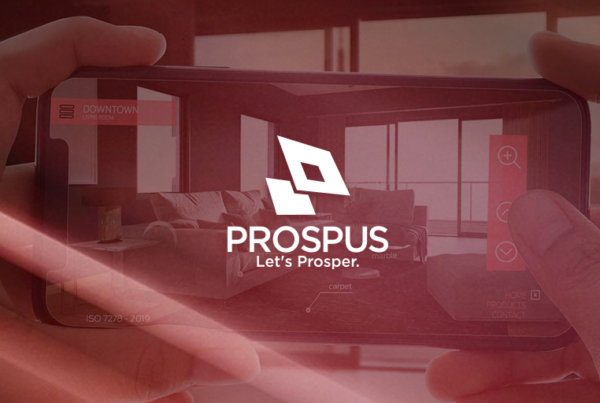We have built many digital products at Prospus. And one thing that we always have at the end is a vast repository of documents, files, and various other product-related artifacts. In building a digital product we are always cognizant of the fact that we are building not only the software, but the business that will eventually spring up around it. Consequently, we ensure that all artifacts from development are preserved for future reference while creating the business rules, logic, and policies that the future administrators and managers will need to manage it.
Many of these artifacts are related to the ever-growing backlog of product features: the so-called product roadmap. The product roadmap often becomes the wishlist for tomorrow’s version of the product. Roadmap features often end up described in documents, spreadsheets, and even nifty timeline-based charts as shown below.

While these are important, we have found they require more communication and maintenance effort in the long run between the various members of our internal and our client’s product team. The prototypes stop being maintained, and these kinds of documents and the live production product become the de facto source of truth about future iterations of the product. We all understand why this happens: the live, functional version of the product has everything we need, future features are described in Kanban boards and single-image wireframes, and the prototype we once used to bring everyone on board is seen as just another cost.
I disagree. At Prospus, we never stop updating our product prototypes. We actually maintain a fully built-out prototype of each product and product variation that we manage. So every time we add a new feature or modification to our live product, we make a corresponding update to our prototype if it was not done before. We maintain our prototypes exactly like we maintain our code in git: we have a main trunk, with notated branches indicating their differences. Of course there is no tool for merging various prototype versions, nor should there be. Visual designs do not lend themselves to this kind of handling.
When the product team adds a new feature to the backlog, we find the appropriate branch to update, or update the main trunk, if it is a certainty. We distribute the updated links so all stakeholders can follow along. One of the benefits of maintaining a prototype of our product roadmap is that every single feature and enhancement can be visualized right within the browser or app. Rather than a massive tangle of documents and single-image mockups, we can actually integrate features into the actual journey in a more meaningful way, communicating with stakeholders more efficiently. We do not end up with a massive backlog containing technical information, and are forced to work through the way a feature would actually impact our product.
We have used a variety of prototyping tools in the past, including Axure, Balsamiq, Adobe XD, and now Figma. We even use Google Slides, PowerPoint, and even Photoshop. We use whatever we need. However, we find tremendous value in bringing everything together into one single clickable prototype that is maintained indefinitely throughout the life of the product.
































